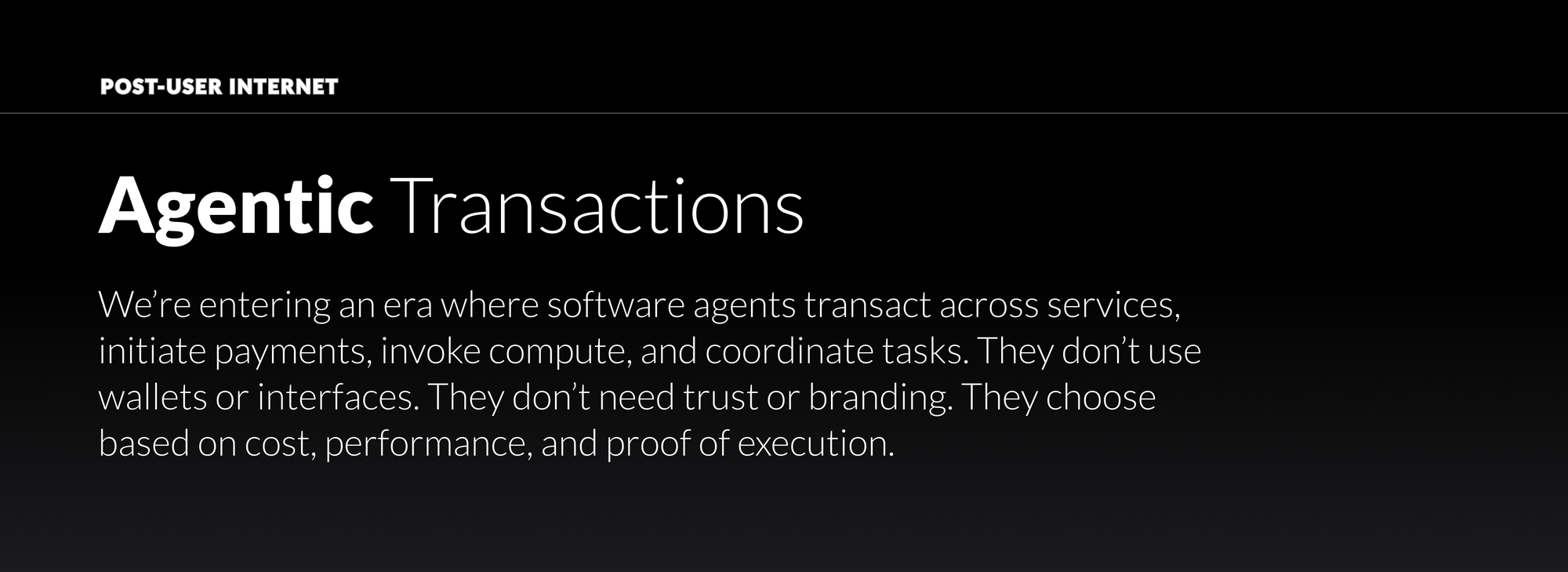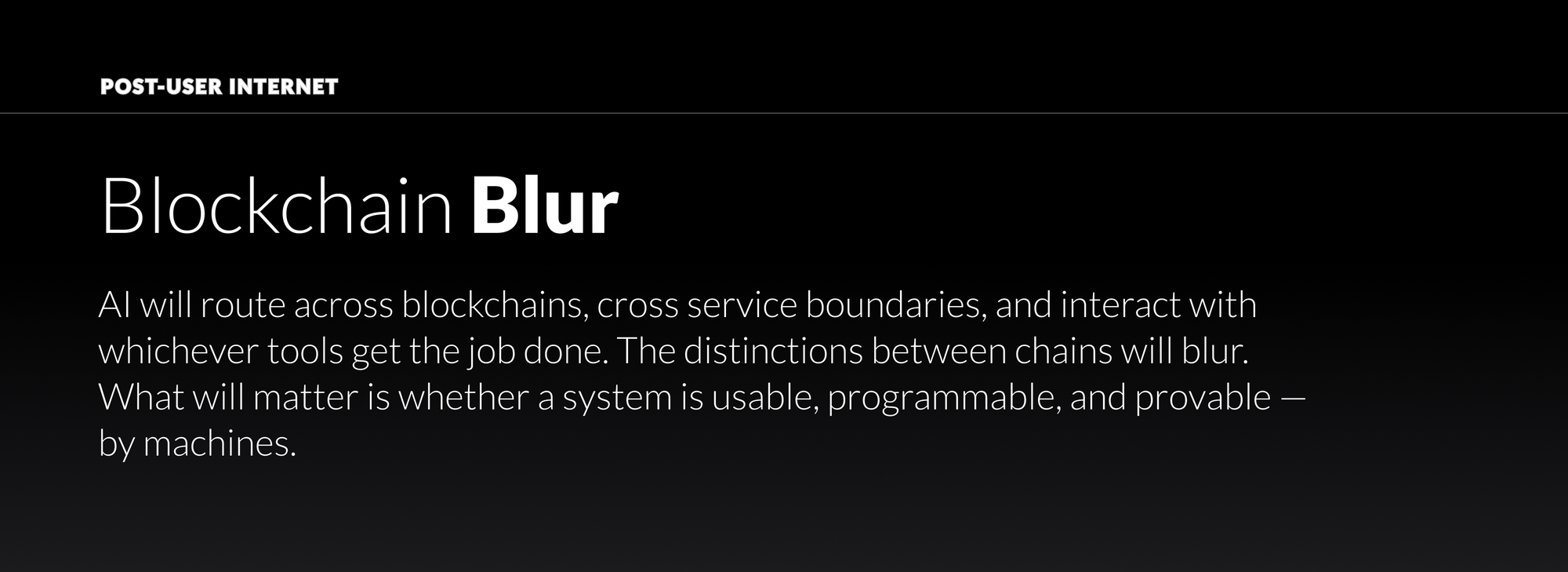Exponential Episode 18: Public Privacy
In this episode of Exponential, Aisling Connolly, Chief Strategy Officer at TACEO, joins the show to unpack the deeper technical

At Proof of Talk 2025, the closing panel featured leaders from Sui, MetaversX, Tezos, and Hedera. What started as a familiar conversation on UX, governance, and tokenization quickly shifted into something more telling: a shared recognition that blockchain infrastructure is no longer being built just for people.
The panelists pointed to a major shift in development taking place. Blockchain developers today aren’t reading whitepapers or docs. Needing specialized knowledge about Solidity, Move, or other coding paradigms bespoke to each project is no longer a barrier. Instead, developers are using AI-powered coding tools – generating contracts, iterating on prompts, and deploying code without ever learning the protocol internals.
From Vietnam to San Francisco, developers are building with models, not manuals.
That shift isn’t just about tooling. It’s about who the real users of blockchains will be going forward. The Proof of Talk panelists agreed that autonomous agents, not humans, will drive the majority of interactions in the future.

We're entering an era where AI-powered agents transact across services, initiate payments, invoke compute, and coordinate tasks. They don't use wallets or interfaces. They don't need trust or branding. They operate on pure economics: cost, performance, and cryptographic proof of execution.
And the scale is already here.
Researchers estimate there will be over 30 billion Internet-connected devices by the end of this year, which seems conservative given AI advancement rates and spending halfway through 2025. Let's be real. 30 billion connected devices executing just 10 transactions daily means 109 trillion interactions annually, dwarfing the entire history of human financial transactions every year. This level of scale also challenges most of our assumptions about bottlenecks and infrastructure needs.
With the coming wave of autonomous agents transacting at machine speed, four questions become existential:
Without cryptographic answers embedded at the protocol level, this entire machine economy becomes an unauditable black box and no one can prove what actually happened.
At Nexus, this is exactly the world we’re building for.
We’re developing a global execution layer – anchored by our zkVM and Layer 1 blockchain – that enables Internet-connected, AI-powered devices to act, verify, and transact:
This is infrastructure designed for decision logic. The goal is verifiable coordination at Internet scale.

The Proof of Talk panelists were right: AI will route across blockchains, cross service boundaries, and interact with whichever tools get the job done. The distinctions between chains will blur. What will matter is whether a system is usable, programmable, and provable by machines.
But here's what they haven't fully grasped: Their projects are still building for humans in a post-user world. While they optimize for developer experience and user interfaces, the machine economy demands infrastructure that speaks machine language from the ground up.
At Nexus, we don't view verifiable computation as a feature, we see it as the substrate. While other chains retrofit proofs into human-centric architectures, we're purpose-built for autonomous coordination.
The panelists recognized the shift. But the only thing that makes the Internet scale past its current format, and into the machine economy they described is proof.